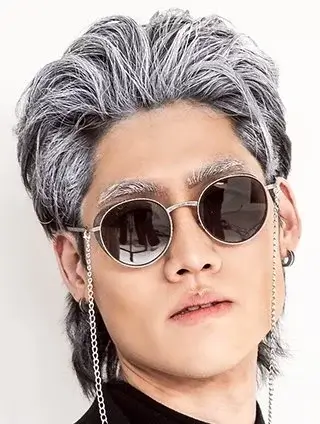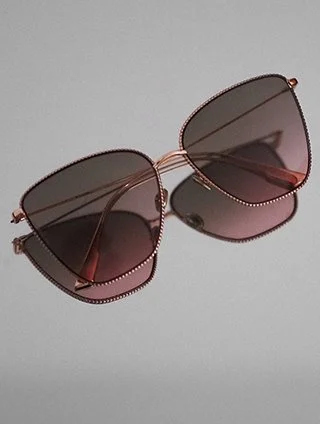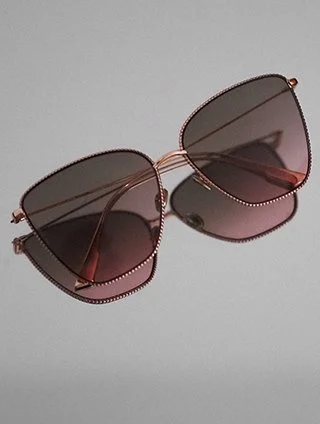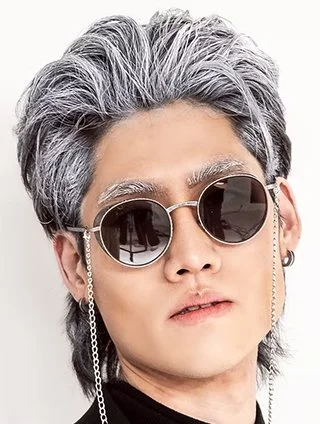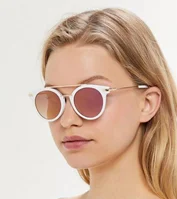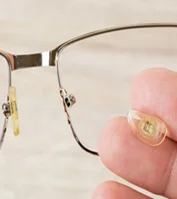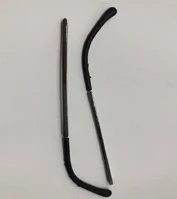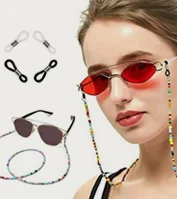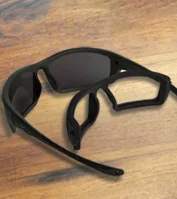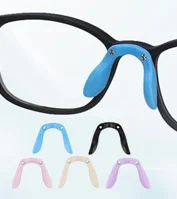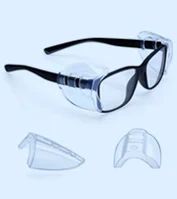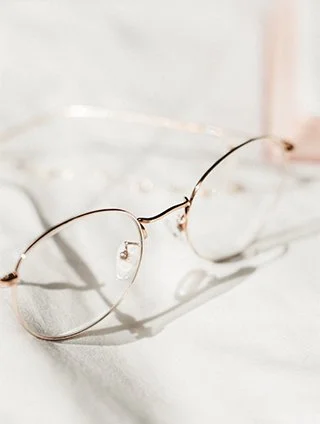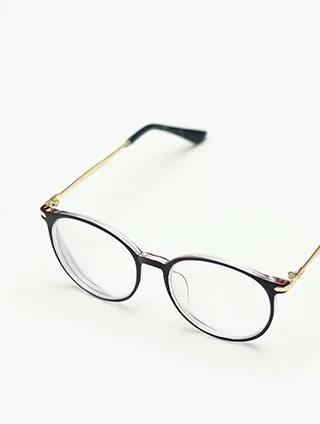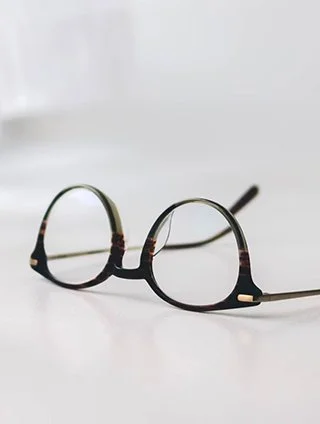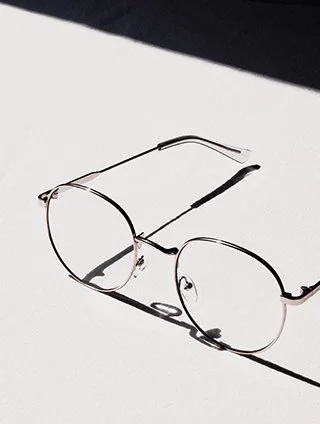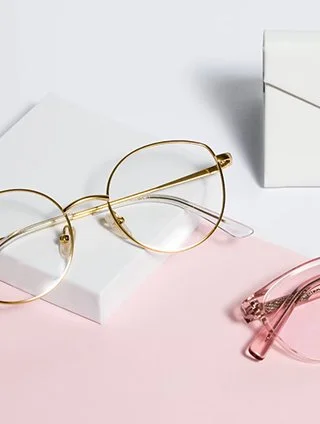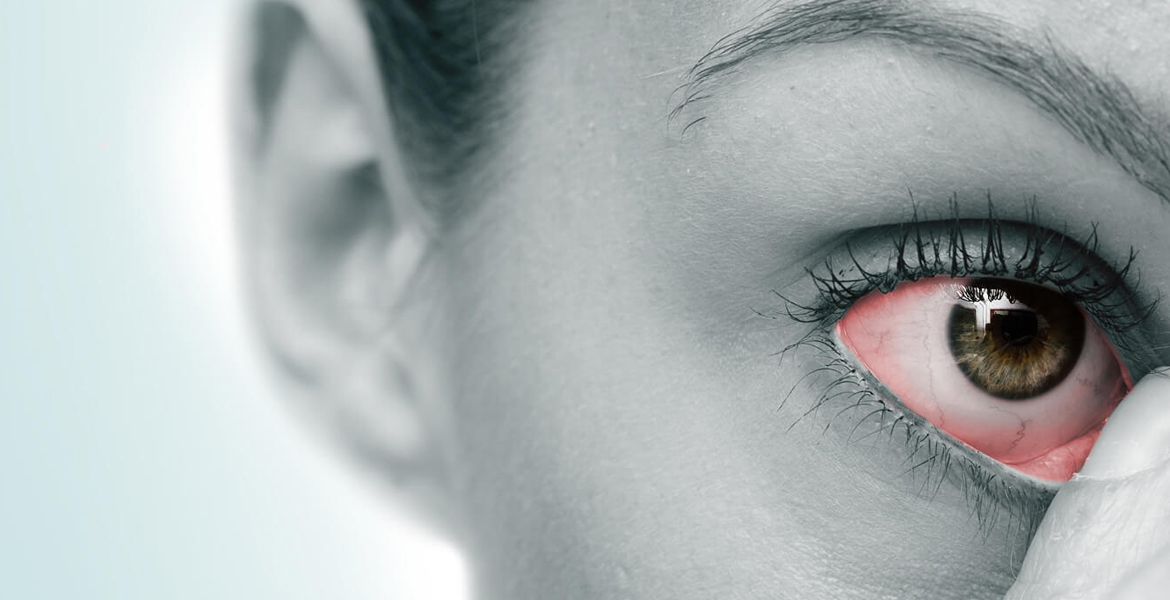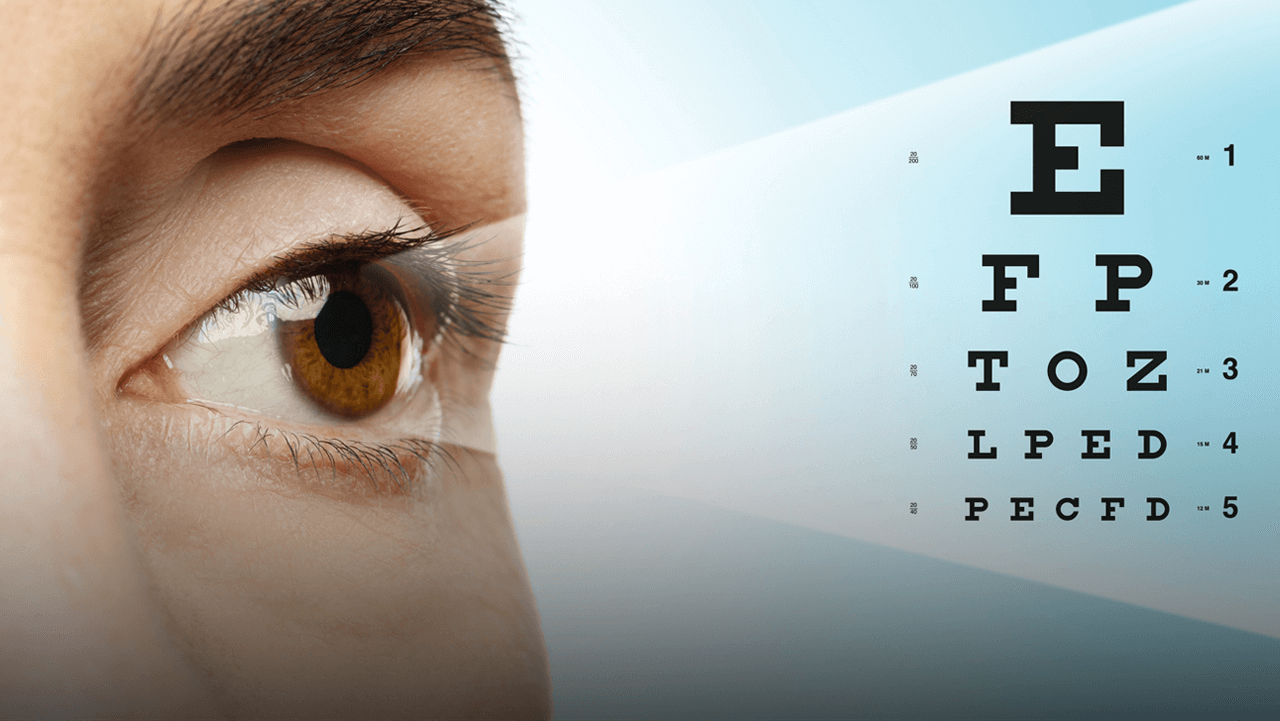The tissues of tears that protect your cornea are affected by dry eye illness. It occurs when there are insufficient tears or when your tears vanish too rapidly. Itching, burning, and a grainy feeling in your eye are all symptoms. To find a remedy that works for your eyes, you may need to attempt multiple different treatments, such as eye drops and surgeries.
What Exactly is Dry Eye?
Dry eyes are caused by a problem with your tear film, which is composed of three tear layers that cover and safeguard the front area of your eyes. You need a smooth and reliable tear film to see clearly and conveniently. Interruptions to tear film might result in unpleasant symptoms such as burning, stinging, wetness, or vision problems.
Many factors can cause your tear film to malfunction and cause dry eyes. As a result, healthcare experts define dry eye as a complex condition. It has multiple and complex risk factors and reasons.
As a result, it may require some time to get to the root cause and determine what's triggering your problems. If you experience dry eyes, you should seek treatment from an optometrist or optometrist to control your condition.
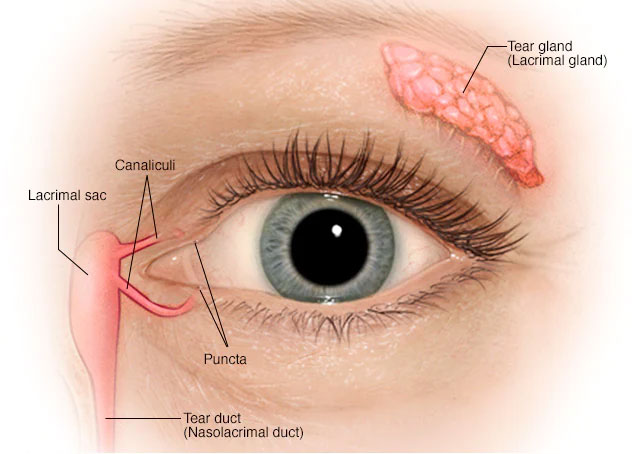
Dry Eye Disease Categories
You might suppose that dry eye illness simply implies that your eyes don't generate sufficient tears based on the name. That is merely a portion of the narrative. Dry eye illness is classified into numerous categories.
- Aqueous insufficient dry eye is caused by your eyes not generating enough tears. Aqueous tears are produced by your lacrimal gland (located in the upper, outer corner of each eye). Some autoimmune diseases can lead to infection in your lacrimal gland, causing it to produce insufficient aqueous tears.
- Evaporative dry eye is caused by your tears drying rapidly. Meibomian gland malfunction is the most common cause. It indicates that the muscles in your eyelids that form the top, oily layer of your lacrimal gland are not functioning appropriately. As a result, the oily layer becomes fragile and cannot keep the wet layer from drying out.
- Mixed dry eye conditions involve when some individuals have both aqueous tear insufficiency and tear unstable. It indicates that your eyes do not generate adequate tears and that your tear layer is fragile. Each of these conditions causes dry eyes.
What are the Dry Eye Symptoms?
If you suffer from dry eyes, you may experience the sensation that there is something stuck in your eye that will not come out. It can have a gritty, gritty, or sandy feeling to it. Other symptoms may include:
- Itching or burning.
- Light-sensitivity.
- Vision blurred or altered.
- Mucus that drains from your eyes.
- Your eyes are watering, and tears are flowing down your face.
The wet eyes sign can be perplexing. However, it is a common symptom of dry eye. It occurs when your meibomian glands fail to produce sufficient oils for the outermost layer of your lacrimal gland. As a result, the watery layer of your lacrimal gland dries prematurely. In response, your lacrimal glands attempt to compensate by producing more watery tears. These tears, however, cannot adequately coat your eye as the layer would. As a result, they are unable to deal with the fundamental issue.
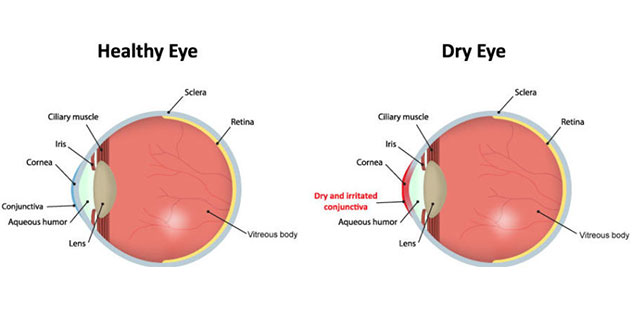
How to Protect Yourself from Dry Eyes?
Pay focus to the factors that are particularly likely to trigger your symptoms if you suffer from dry eyes. Then, to avoid your dry eye problems, figure out how to avoid those conditions. For example:
- Prevent having air in the eyes. Hair dryers, automobile heaters, or air conditioners should not be pointed at your eyes.
- Increase the humidity in the air. A humidifier may add moisture in the winter.
- Consider using wraparound prescription sunglasses or other eye protection. Dry air can block by adding protective shields to spectacles. Inquire about eye protection when you purchase your safety eyewear.
- During extended jobs, take breaks to rest your eyes. Take occasional eye breaks if you're reading or doing a similar task that needs visual attention. For a few moments, close your eyes. Or, for a few seconds, frequently blinking helps disperse your tears equally over your eyes.
- Keep an eye on your surroundings. High altitudes, arid environments, and airplanes unusually can all have dry air. When you spend enough time in such an atmosphere, it may be beneficial to close your eyes frequently to reduce tear evaporation.
- Set your computer screen to be lower than eye level. If your computer monitor is above your line of sight, you will need to open your eyes more to see it.
- Quit smoking and stay away from smoke. If you are addicted, consult with your doctor to develop a stop-smoking strategy that is likely to succeed for you. If you don't smoke, avoid folks who do. Smoking might aggravate the symptoms of dry eyes.
- Employ artificial tears regularly. Use eye drops to keep them moisturized if you are experiencing chronic dry eyes. And keep it continue even you feel fine.
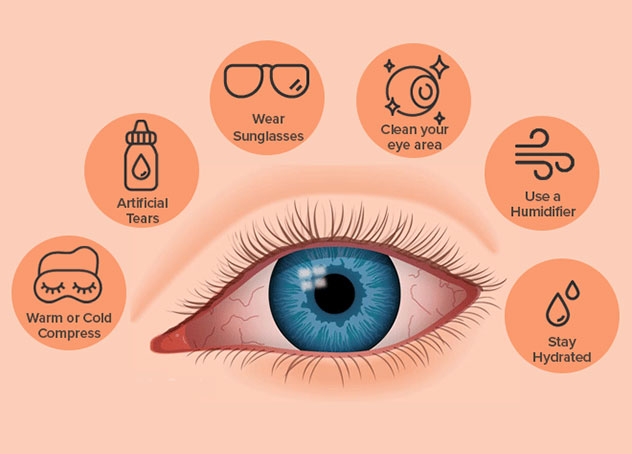
When to Use Vision Insurance?
If you have an eye disease or have a medical condition that led to eye problems, your insurance coverage is frequently applied. Your medical insurance will pay you for the following frequent conditions:
- patients suffering from visual loss
- Patients suffering from glaucoma
- Floaters
- Wet eyes
- Allergies \ Infections
Most vision insurance policies contain the following advantages:
- Annual eye exams
- Eyewear frames
- Eyeglasses lenses
- Lenses for contact lenses
Contact your insurance provider to discover if your benefits are renewable annually or after two years. Typically, eyeglass lenses, frames, and contact lenses can be obtained at a discount, although this is not available with every plan.
Buying Eyeglasses Online with Vision Insurance at EyeWeb
While Eyeweb accepts vision insurance, you should check if it comes under our listed vision insurance companies. Most vision insurance policies cover new contact lenses or eyeglass lenses every 12 months. Typically, glass frames are replaced after 24 months.
This year, Utilize Your Vision Benefits and Buy Eyewear, prescription sunglasses, or contact lenses. Examine your vision benefits before making a purchase. You may use your FSA or HSA money to compensate for medical expenses.



